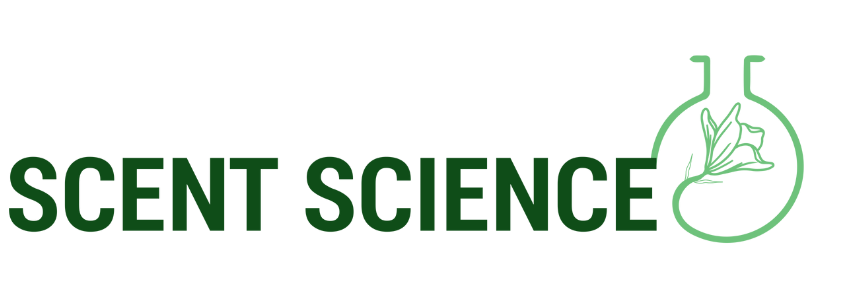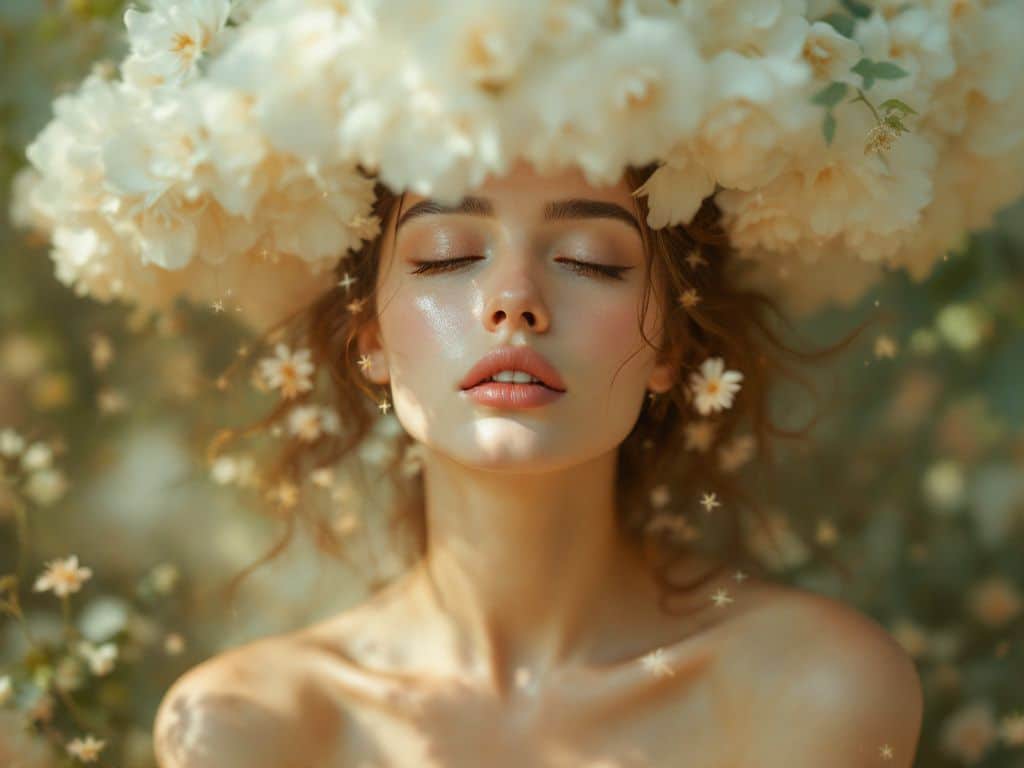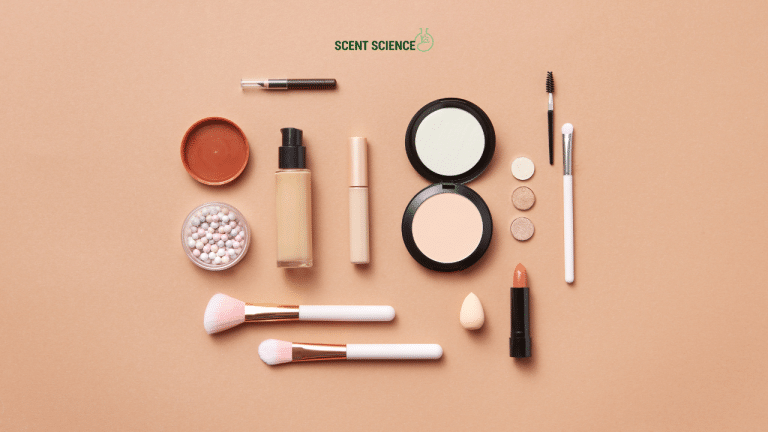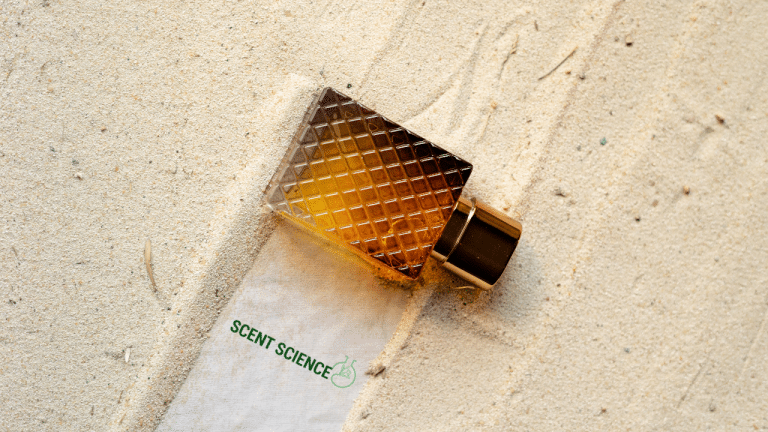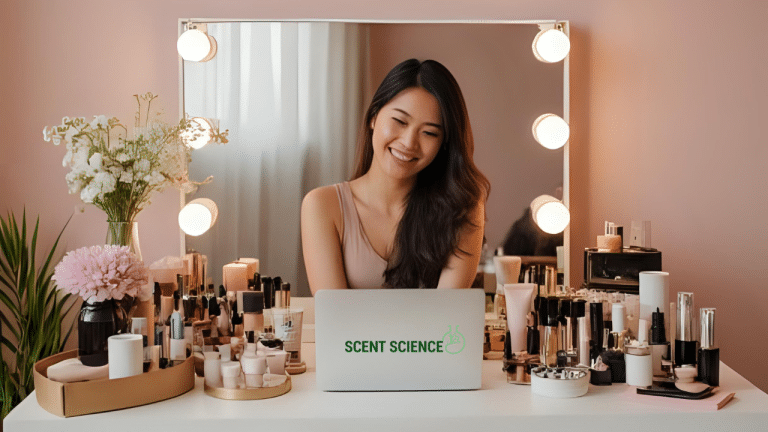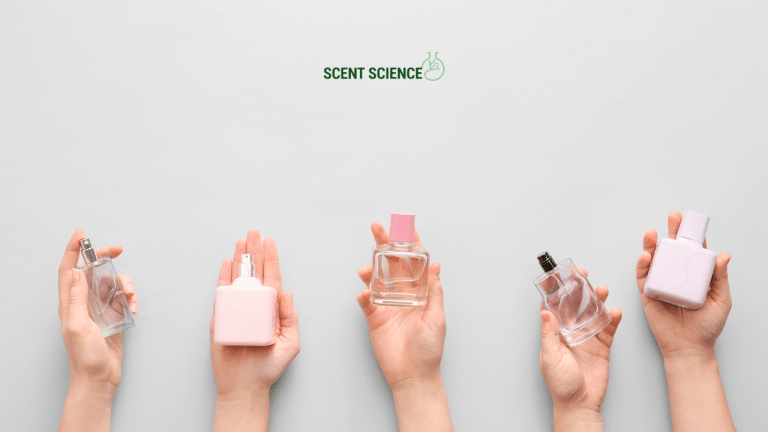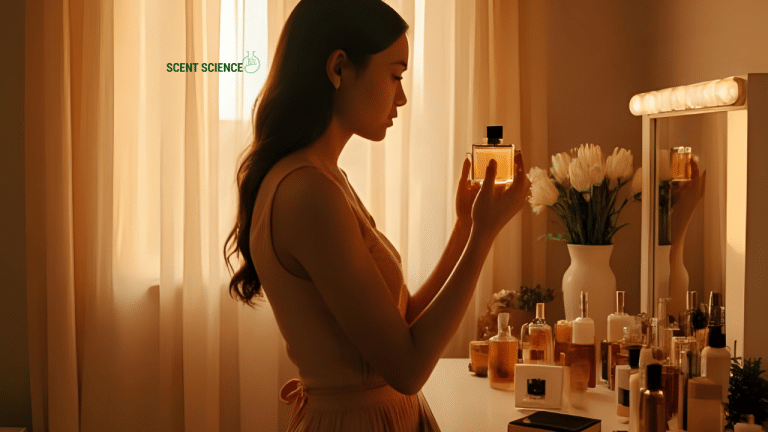In a world brimming with options for self-expression, fragrance emerges as a subtle yet powerful communicator of one’s identity. While fashion and personal aesthetics often capture more attention, scent provides an intimate canvas through which individuals can define their presence and persona. Welcome to our exploration of how fragrance are not merely transient notes in the air but profound emblems of personal expression, embodying one’s unique scent personality and weaving personal stories into daily life. 🌸
As experts delve into the intertwined realms of fragrance and identity, it becomes strikingly clear how critical olfactory notes are in conveying who we are to the world—and often more pointedly, how we view ourselves.
Table of Contents
ToggleThe Science of Scent and Memory
Scent possesses an unmatched ability to evoke memories and emotions—a fact deeply rooted in neuroscience. The olfactory bulb, part of the brain’s limbic system, is directly linked to areas associated with emotion and memory. This proximity is why the aroma of childhood cookies will transport you back in time or why a whiff of certain flowers can evoke vivid images of past vacations. According to a study published by Herz and Schooler in the *Journal of Experimental Psychology: General*, participants exposed to smells they associated with past events had a much stronger emotional reaction compared to those simply looking at photographs. 📊
Understanding this connection underscores the value fragrance wields in expressing identity. From a technical standpoint, scent is not merely an accessory but a mnemonic device wielding the power to decode and narrate personal histories. These fragrances work seamlessly alongside visual identifiers to offer a textured representation of self.
Fragrance as Personal Expression
The concept of fragrance as a tool for personal expression goes beyond personal anecdotes; it interweaves historical and cultural contexts. In ancient Egyptian culture, for example, fragrances were integral to religious ceremonies and personal grooming, signifying social status and sanctity. Today, these olfactory traditions continue to thrive, albeit in a more personalized and commercialized form. The modern consumer enjoys a plethora of options—ranging from designer brands to niche artisanal labels—that cater to a diverse tapestry of personal expression.

Case Study: Cultural Synthesis in Perfume Composition
One remarkable instance of fragrance as personal expression appears in Amouage’s creations. This perfume house, described in James Craven’s *The Essence of Perfumes*, fuses rich Omani scent culture with contemporary perfumery techniques. Amouage perfumes often feature local Middle Eastern ingredients like frankincense and myrrh, juxtaposing them with global aromas like rose and jasmine. These fragrances not only serve as luxury items but also narrate the story of cultural synthesis.
Creating Your Own Scent Personality
Crafting a scent personality involves curating and blending fragrances to assemble a visceral representation of self. Much like one chooses clothing to match their aesthetic or music to fit their taste, selecting a fragrance involves recognizing the spectrum of scents that resonate with one’s character.
Example: Perfume Wardrobe
A practical approach is adopting a “perfume wardrobe”—the idea of owning different scents for different occasions, moods, and seasons. Industry professionals suggest that building a fragrance wardrobe involves investment in distinct categories:
- Daytime Scents: Light and uplifting, with notes like citrus and green, which are perfect for work environments.
- Evening Scents: Richer, more intriguing compositions often incorporating spices, woods, and musks to suit night-time allure.
- Signature Scent: A versatile scent, like Chanel’s No. 5, that embodies one’s core persona—graceful, poised, and memorable.
It’s these structured choices that help form a scent identity concise enough to convey intricacy and simplicity in tandem.

The Industry’s Drive Towards Personalization
A noteworthy trend sweeping the fragrance industry is personalization, with major houses and indie brands alike offering curated scent options tailored precisely to individual preferences. Vogue Business reports in 2022 that fragrance personalization increased by 35% since 2020, spurred by consumers seeking individuality in a digital age.
Example: Custom Fragrance Studios
One of the most profound examples is the rise of bespoke perfumeries such as *Maison 21G* and *Le Labo*, where customers are invited to customize fragrance compositions from the base notes up. These platforms offer an engaging way to explore one’s preferences and transform them into a personal signature scent.
Case Analysis: Impact of Personalization on Consumer Identity
A 2022 study by Fragrance Foundation Europe reveals that 64% of individuals cite fragrance as a medium for personal exploration, amplifying their perceived self and fostering more profound connections with others. Furthermore, consumers are increasingly gravitating towards ingredient transparency, sustainable sourcing, and ethical production—all elements that contribute not merely to scent choice but a brand affinity representing the consumer’s identity.
Professional Tips for Selecting a Personal Fragrance

Determining the right fragrance can seem daunting given the variety, but here are expert-recommended strategies:
- Sample and Test:
- Professional Insight: Visit perfume stores that offer sample vials. It’s important to wear a fragrance on your skin and experience its evolution over hours—a demonstration of top, heart, and base notes unfolding.
- Consider Environment and Context:
- Analysis: Evaluate your lifestyle. Office settings might demand fresher scents so as not to overwhelm coworkers. Conversely, evening events allow for a more profound, sensual aroma.
- Ask for Feedback:
- Industry Practice: Many perfumers advise getting input on the scent from trusted, honest friends or partners as they can offer insights into how the scent interacts with your natural skin chemistry and your perceived persona.
- Attend Scent Workshops:
- These provide invaluable education on notes and composition, offering tools to better understand and articulate personal preferences.
Conclusion: Fragrance as a Storytelling Medium
In conclusion, the dynamic dialogue between fragrance and identity is both profound and deeply personal. It steps beyond simple olfactory pleasure into the realm of curating personalized attire that converses with memories, emotions, and personal stories. Whether through leveraging scent personality, exploring cultural traditions, or diving into the creative freedom afforded by scent customization, fragrance remains a preeminent medium for self-expression.
In a society increasingly recognizing diversity and personal narratives, utilizing fragrances aligns us with traditions while heralding innovations—ensuring that how we choose to present ourselves benefits equally from aesthetic refinement and authenticity. Gleaning insights from industry advancements, neuroscience, and personal stories, we unveil the multidimensional power fragrances possess in construing and communicating identity more than words or appearances can achieve alone. 🍃
Frequently Asked Questions
What are the benefits of using a hair mask in my hair care routine?
Using a hair mask can provide several benefits, including hydration, smoothing, strengthening, curl definition, heat protection, and damage repair. Hair masks infuse the hair with moisture, help coat the hair shaft to seal split ends, reduce breakage, and protect the hair from heat styling and environmental damage[1][4].
What ingredients should I look for in a hair mask?
Effective hair masks often include ingredients such as coconut oil, argan oil, shea butter, honey, avocado oil, green tea, and coconut water. These ingredients provide nourishment, moisturize, and protect the hair, offering benefits like softening, moisturizing, and protecting against damage[2][5].
How often should I use a hair mask in my routine?
You should use a hair mask whenever your hair feels dry, unmanageable, or in need of intense hydration. This can vary depending on your hair type and needs, but generally, using a hair mask once or twice a week can help maintain healthy and moisturized hair[1][4].
How do I apply a hair mask for the best results?
To apply a hair mask effectively, shampoo your hair first, then apply the mask, focusing especially on the ends where hair tends to be the most damaged. Leave the mask on for anywhere from 10 minutes to overnight, depending on the type of mask and your hair’s needs[1][4].
References